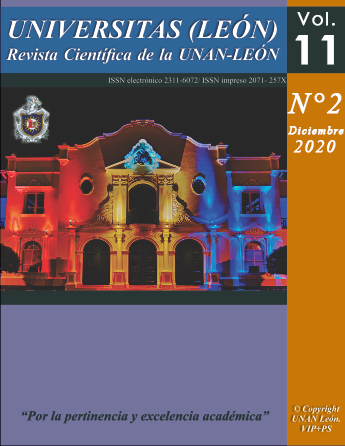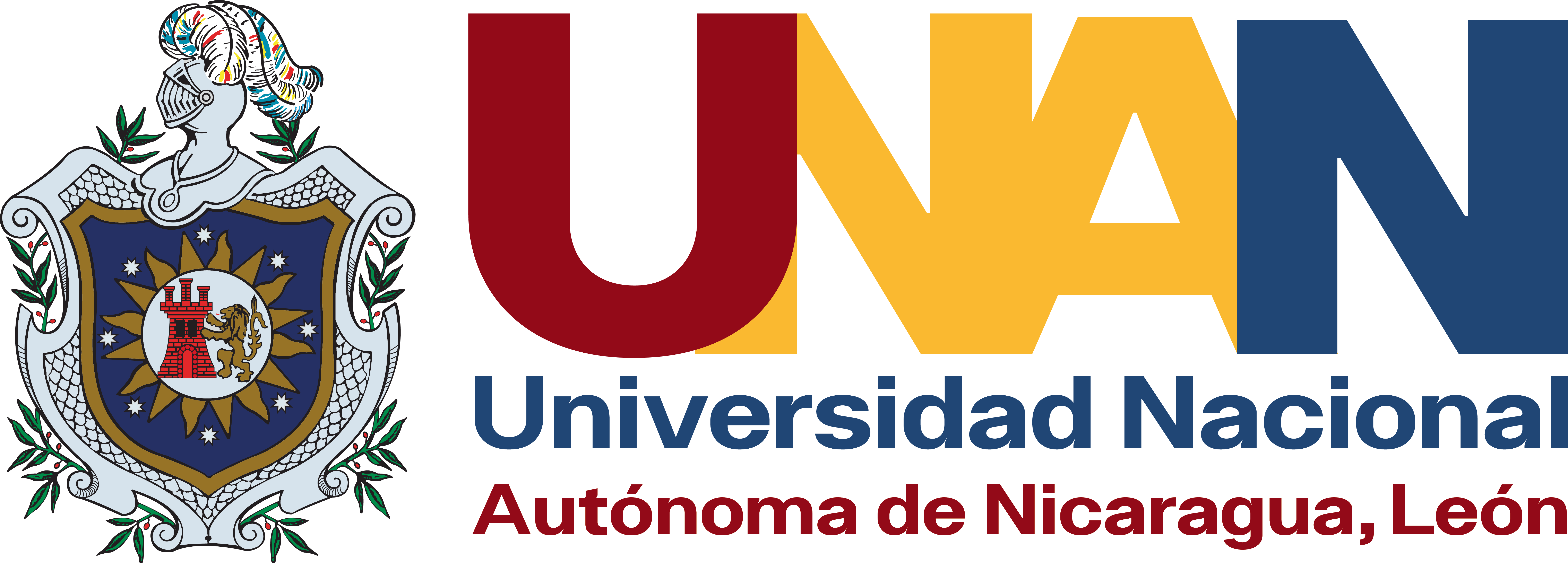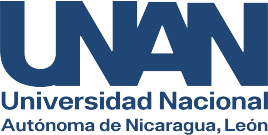Wastewater treatment from the tanning process in tanneries in the city of León, absorption process with biomass
DOI:
https://doi.org/10.5377/universitas.v11i2.16293Keywords:
adsorption, chromium (VI), activated carbon, biomass, wastewater, tannery, Freundlich isotherm, LangmuirAbstract
In the present research work, the adsorption of Chromium (VI) was verified using the shell of the fruit of the plant (Cocos nucífera L.) as organic biomass. The variation of the Cr (VI) concentration in the study was carried out by the spectrophotometric method at a wavelength of 351 nm. The parameters used for the study carried out on wastewater samples were: contact time of 30 min, particle size 0.063mm and adsorbent dose of 5g in 40mL of wastewater, resulting in a removal of 87% of Cr (VI ). The process can be studied through the Langmuir and Freundlich models, since the correlation coefficients obtained for both models were 0.9933 and 0.9997 respectively. The method presented good linear correlation with an R2 value of 0.9989. According to the previous results, it is established that the UV-vis spectrophotometric analysis method used provides reliable results. Activated carbon from coconut shell was found to have good adsorption properties for Cr (VI) removal and is a low-cost design. Therefore, said study would allow the leather industry to implement measures that minimize the environmental impact generated.
Downloads
References
APHA. 1998. Standard Methods for the examination of water and wastewater, 20th Ed, Washington D.C. USA, 1193p.
Borda-Prada, O. L. (2014). Evaluación y reducción de los niveles de cromo en muestras de aguas residuales provenientes de curtiembres. Revista L'esprit Ingénieux, pp. 6-12.
Rodas Quiroz, Ñ. T. (2016). Estudio de adsorción de cromo hexavalente en columna de lecho fijo con biomasa de tamarindo.
Selvi, P. y. (2001). Removal of Cr(VI) from Aqueous Solution by Adsoption onto Activated Carbon.https://doi.org/10.1016/S0960-8524(01)00068-2
Varela., C. B. (agosto 2014.). Remoción de cromo hexavalente utilizando un sistema de filtración con alfa-alúmina. México.
Downloads
Published
How to Cite
Issue
Section
License
Copyright (c) 2020 National Autonomous University of Nicaragua

This work is licensed under a Creative Commons Attribution-NonCommercial-ShareAlike 4.0 International License.
Copyright © 2025 Universitas (León), Revista Cientifíca de la UNAN-León. Academic Direction. Research Department. Publication and Scientific Event Unit.










